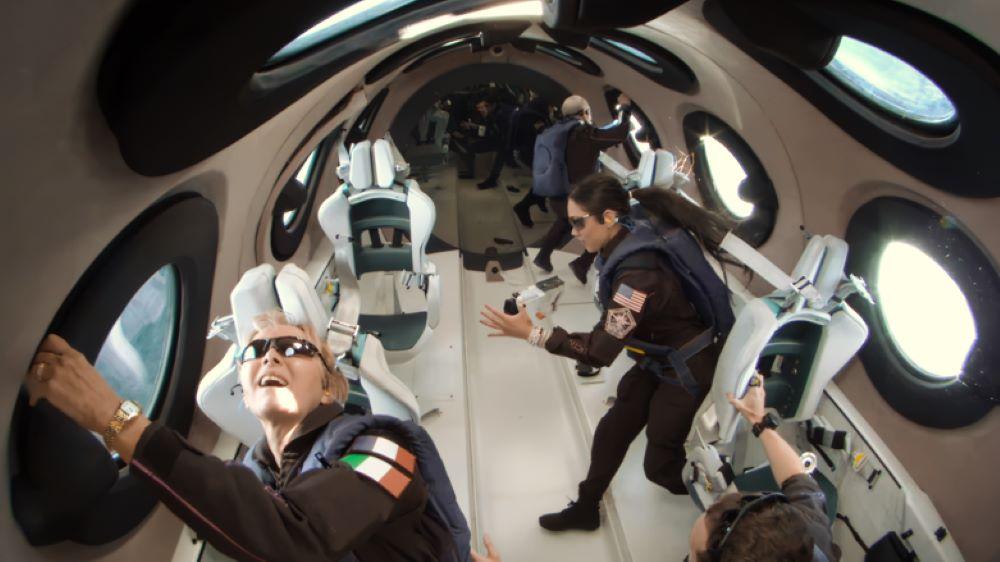
Credit: Virgin Galactic
In a preview to planned NASA-sponsored payload specialists’ flights aboard commercial suborbital vehicles, the Southwest Research Institute’s (SwRI) Alan Stern and two other paying passengers joined a Virgin Galactic crew for a short suborbital hop on Nov. 2, marking the company’s fifth commercial...
Subscription Required
This content requires a subscription to one of the Aviation Week Intelligence Network (AWIN) bundles.
Schedule a demo today to find out how you can access this content and similar content related to your area of the global aviation industry.
Already an AWIN subscriber? Login
Did you know? Aviation Week has won top honors multiple times in the Jesse H. Neal National Business Journalism Awards, the business-to-business media equivalent of the Pulitzer Prizes.





